Apart from the documented panel of the Pisa polyptych, only a few paintings reached us, which are more or less likely attributed to the Masaccio brush. Among these works are
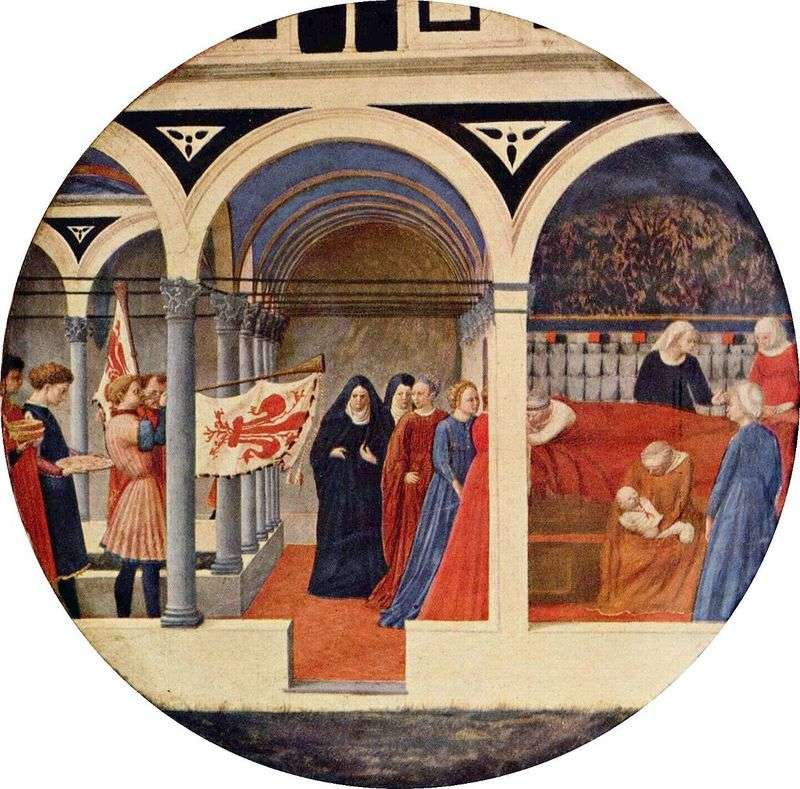
Masaccio

Apart from the documented panel of the Pisa polyptych, only a few paintings reached us, which are more or less likely attributed to the Masaccio brush. Among these works are
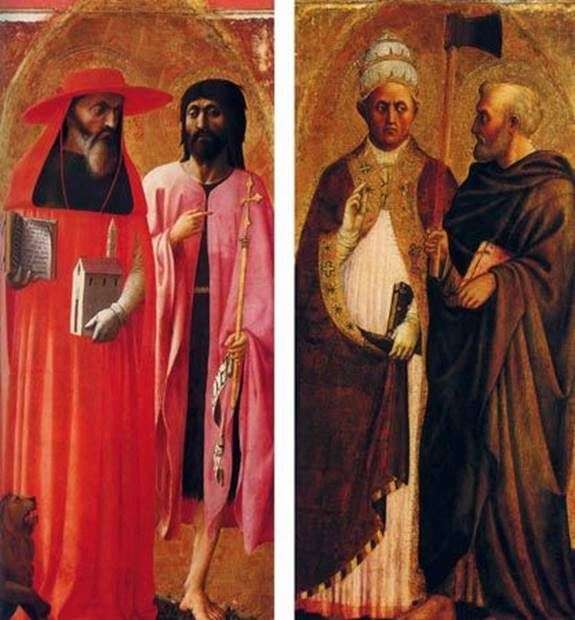
In the second edition of The Lives of the Most Famous Painters, George Vasari attributes to Masaccio the altar image he saw in the Church of Maria Maria Maggiore in
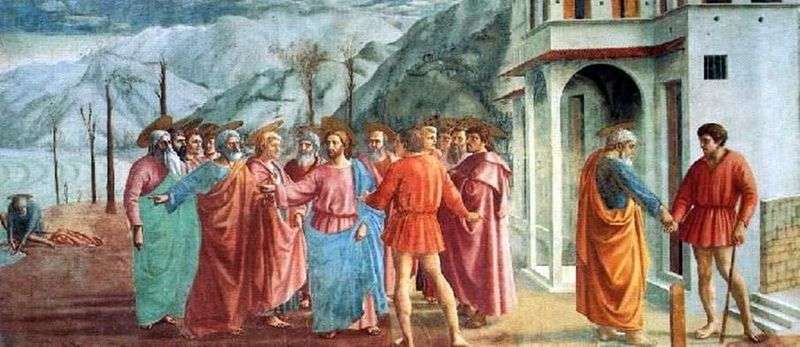
This is one of the outstanding frescoes by Masaccio. Its plot is unusual – the description of scenes from the New Testament parable about the tax collector that is rarely
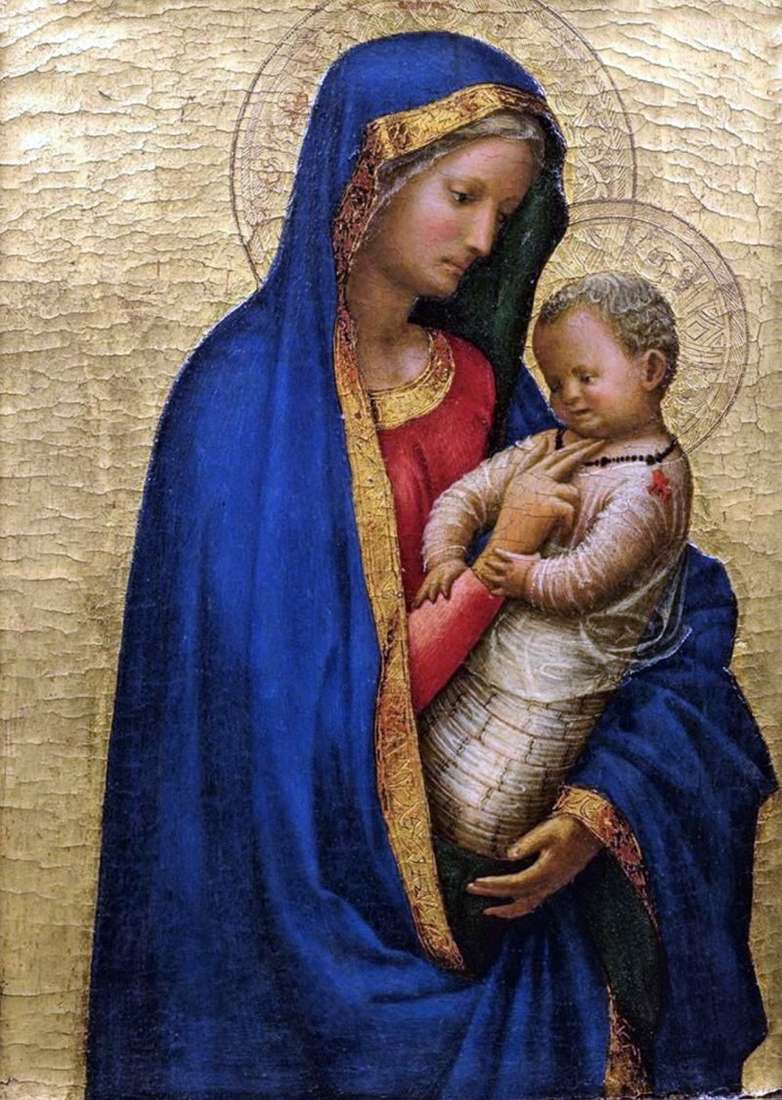
The image of the Madonna and Child Masaccio appealed repeatedly. For example, the artist gave the main role to this image, depicting him on the central panel of the triptych
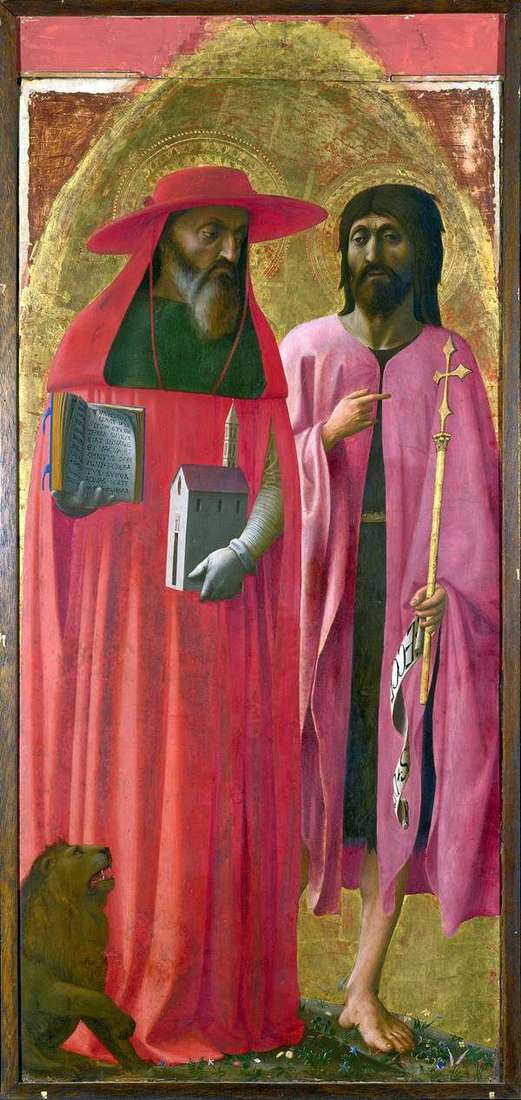
One of the last works of the artist is the side flap of a triptych depicting Saints Jerome and John the Baptist. It was written shortly before the death of
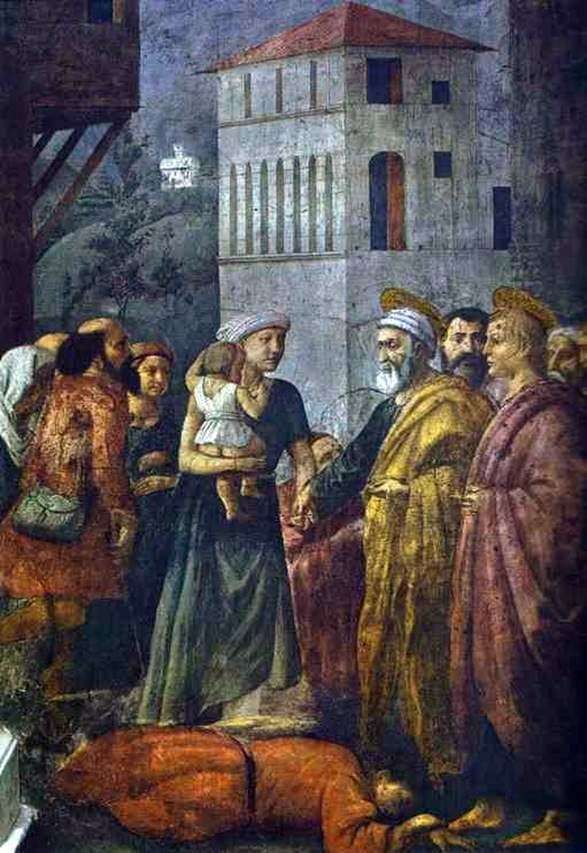
In this scene, Masaccio describes two episodes narrated in Acts of the Apostles. After the crucifixion of Christ, his disciples under the leadership of the apostle Peter led the early
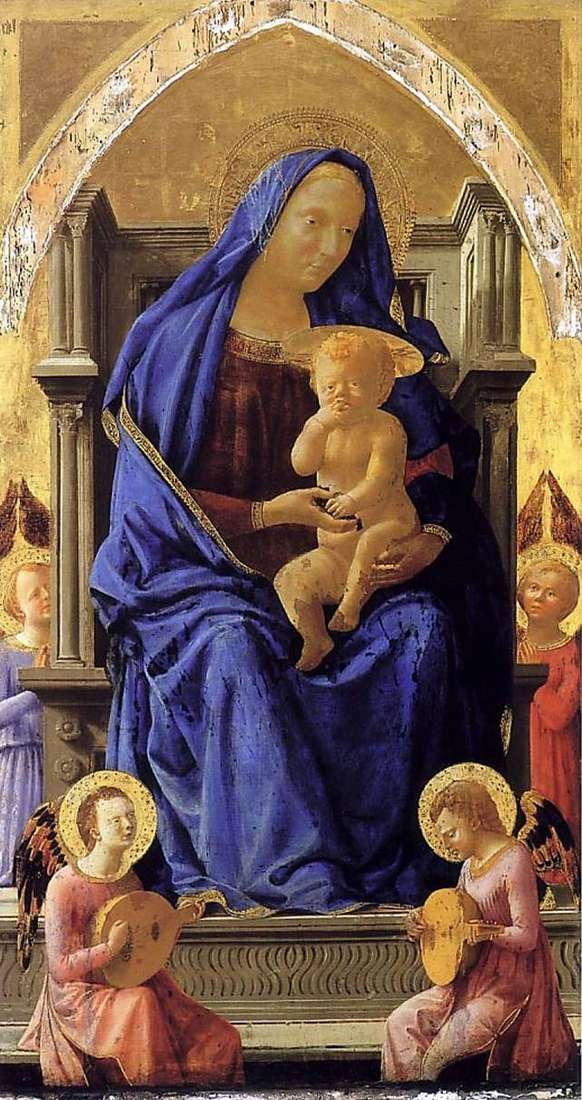
London Gallery owns the central part of the polyptych Madonna with Child and four angels, ordered by Masaccio in 1426 for the chapel in the church of Santa Maria del
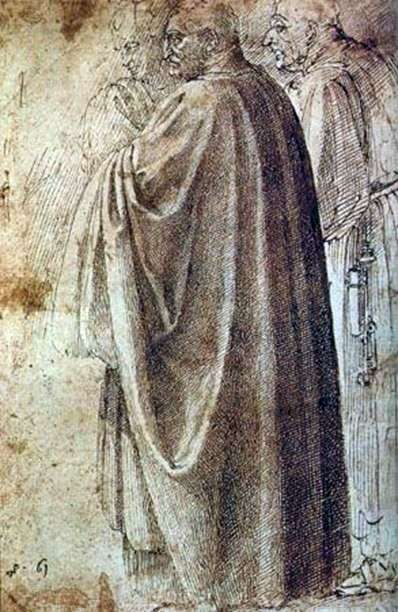
In various sources you can find references to the lost paintings of Masaccio. For example, there was a fresco in which Masaccio depicted the scene of the consecration of the
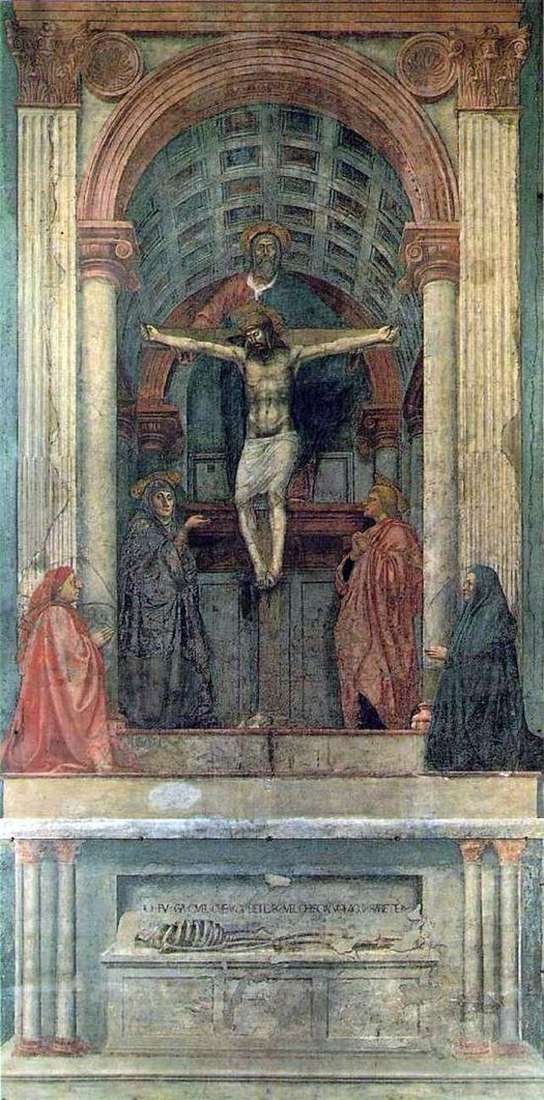
Masaccio represents the image of the Trinity as it was in the tradition of the Renaissance, where God the Father was depicted as a gray-bearded patriarch sitting on the throne

A special place in the artistic heritage and the history of painting Masaccio Early Renaissance takes his last finished work – the fresco “The Trinity”. This painting was commissioned by
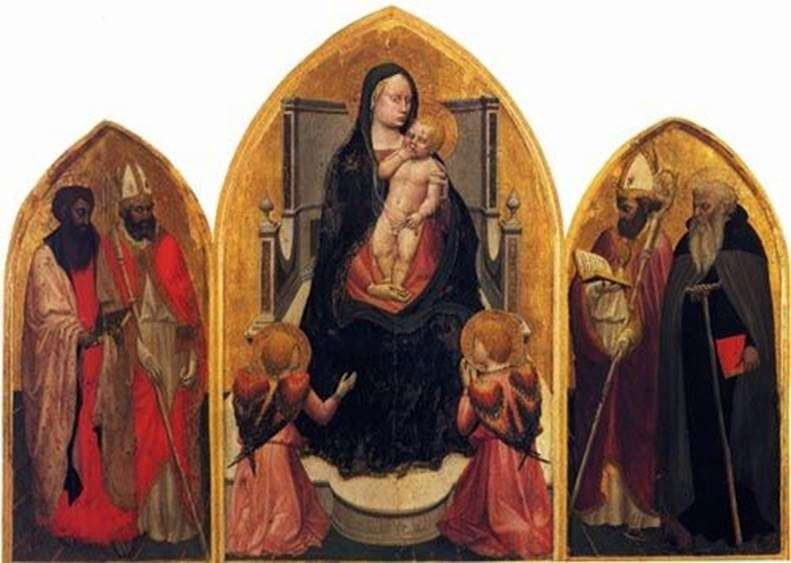
For more than 500 years, this small altar image remained in the village church, just a few miles from the birthplace of Masaccio. But in 1961, the image was presented
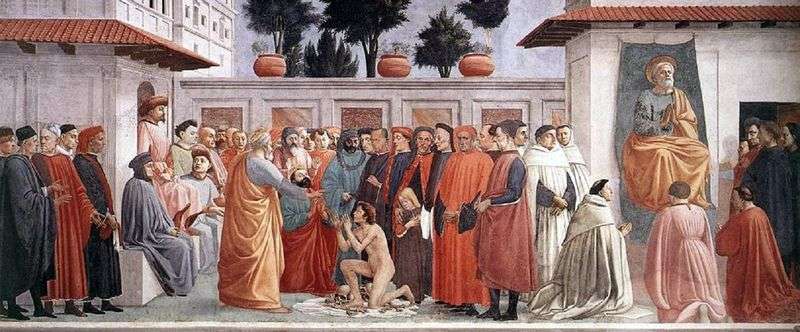
A portrait of a kneeling parishioner as well as possible confirms the enthusiastic words of Vasari about Masaccio’s ability to create “surprisingly vital and similar portraits.” For this portrait, the

The Polyptych, written in 1426 for the Church of Santa Maria del Carmine in Pisa, is the only documented work by Masaccio. The polyptych was commissioned by a notary gray

The frescoes of Masaccio and Mazolino in the Brancacci Chapel were restored more than once, the largest restoration works were carried out here after the fire of 1771, in 1902-04

Initially, this picture was part of the Pisa polyptych, the most significant order that Masaccio received. The Adoration of the Magi was the central panel of the predella, the lower

This fresco is considered the best. Sometimes it is called “post.” This episode Masaccio took the Gospel. Christ with his apostles traveled to different cities. Once they come in Kaperanum.